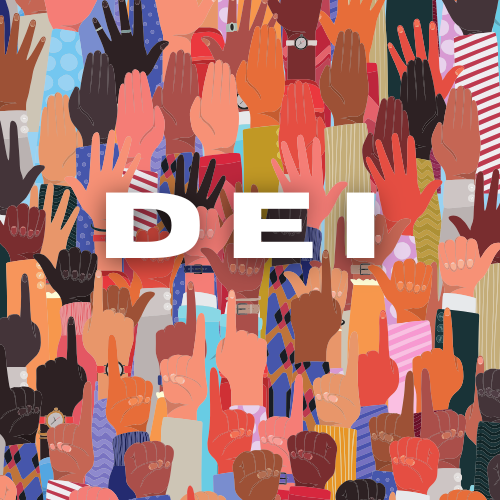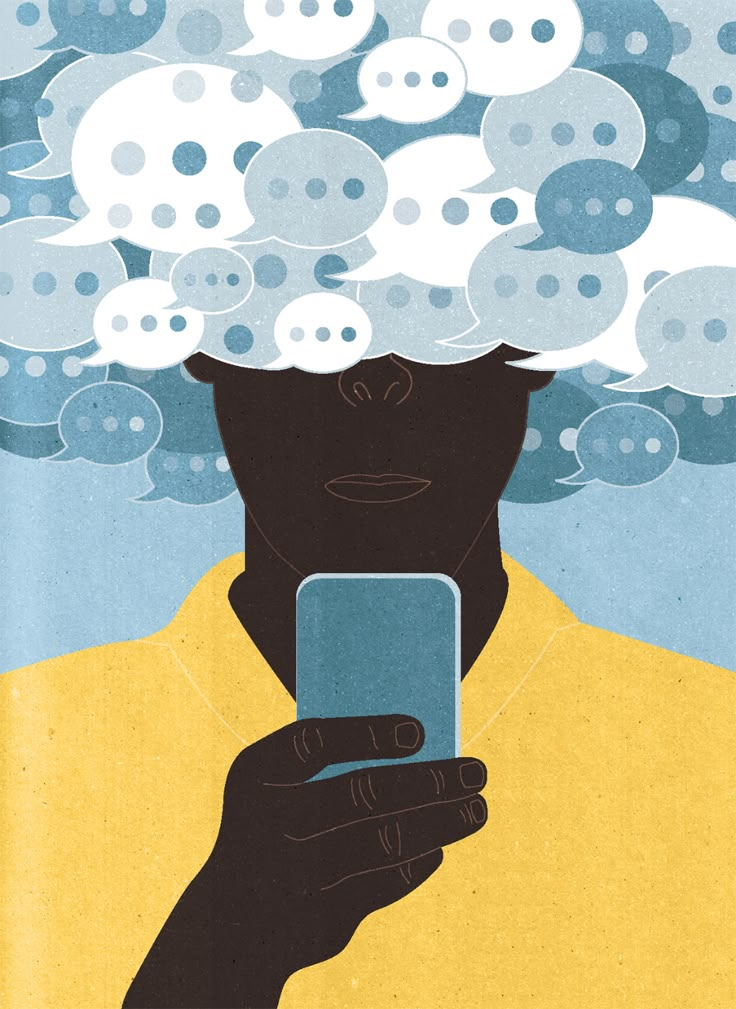One might expect engineering students to still be fast asleep early on a Saturday morning, but attendees turned out in droves to participate in the Byte Into Hardware Hackathon. The first-of-its-kind event was hosted by NJIT’s student chapter of the Institute of Electrical and Electronics Engineers, or IEEE, on the weekend of April 1–2. Most hackathons are software-based, but Byte Into Hardware encouraged participants to combine physical and digital components of a product.
IEEE’s director of public relations Nakul Kochar, a fourth-year computer engineering student, shared that a hardware hackathon initiative had been in the works for several years. “Given that IEEE consists of computer and electrical engineers, we put our own twist on it to give engineers an opportunity to compete that was tailored around them,” he said.
IEEE released the theme of the competition and parts list a few weeks prior to the competition over all its media platforms and email, with students forming teams of three to five students through a Byte Into Hardware Discord server. “They had the opportunity to plan out an idea beforehand,” Kochar explained, “and once they actually arrived, they could see the kinds of resources and materials we had on hand, so they sometimes switched gears or changed their minds.”
Within 24 hours, teams could work on projects which were meant to fit the theme of Public Health and Accessibility Devices under the category of Accessibility and Sustainability. Participants were allowed to stay in the Campus Center overnight as they worked with their teams to code and build prototypes, which, unlike traditional hackathons, required hardware components rather than being limited to simulations.
“Students were allowed to bring any electronic materials, just no building materials,” reflected Kochar. These items, such as wood and screws, were provided by the Makerspace, and each team was also provided an Arduino and sensor kit. “They had full freedom to work on whatever project they wanted,” he added.
The opening ceremony of the event began at 9 a.m. on April 1, while actual work commenced at 10 a.m. Interspersed with frenetic coding and building were speaker talks given by representatives of companies such as Ranial Systems, Astrodyne TDI, and Teledyne Technologies, as well as the IEEE Geoscience and Remote Sensing Society. Attendees of the talks also had the chance to win valuable prizes including, but not limited to, a Nintendo Switch Lite, Spectre Monitor, Beats Studio Buds, and Beats Solo 3 Headphones.
IEEE president Humza Abdali, a third-year computer engineering major, commented, “The first place winner was Phlobot, a tool for automatic injections. It tackled a very important issue, which is a lack of healthcare professionals in underserved areas. In a place where someone wouldn’t have a doctor to assist them, they could use a robot instead.”
In second place came an NJIT team who created Frame View, which focused on helping the deaf and hard-of-hearing communities. Without being able to hear what is going on behind them, those who are deaf and hard-of-hearing can feel uneasy. The glasses aimed to improve quality of life by alerting the wearer of obstacles outside of their line of sight using machine-learning and cameras, thus acting as a second pair of eyes.
The third place winner was Braille Buddy, created by a team from the City College of New York. “It was designed to be an all-in-one assistive technology for blind people,” Abdali described. “Traditional keyboards have everything laid out flat, but this project had a rotating piece that would allow it to be more compact and convenient. It also had a text-to-speech component, so that mute people could type out what they wanted to express,” he continued.
Although the event was a large success, with over 160 participants and 200 attendees, including IEEE volunteers and observing faculty members, there were challenges involved in its planning. “The biggest challenge was funding,” said Kochar. “We reached out to several companies and built relationships to make sure they knew they could trust us.
“We ended up getting a lot of funding from external sponsors,” Kochar added. “I want to give credit to Makerspace, however, because they provided the tools, resources, and additional parts required, so that helped us financially. Participants were able to build their projects there, so that was a major contribution.”
“In terms of the budget, this was much more expensive than other events,” Abdali said; the hackathon cost around $25,000 in total. “The absolute maximum that [Student Senate] could grant was only a fifth or sixth of what we needed.” Abdali reached out to Mike Smullen, the director of the Newark College of Engineering’s co-op program, who helped IEEE reach out to external sponsors.
IEEE plans to wind down the rest of the semester by reviewing the successes of the event, as well as aspects that could be improved for next time. “We want to rebrand the hackathon from Byte Into Hardware to MakeNJIT,” said Kochar. “This is one of the only hardware hackathons in the region, so it’s a fresh new event and a good time to shape its legacy.”

































